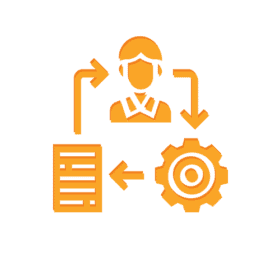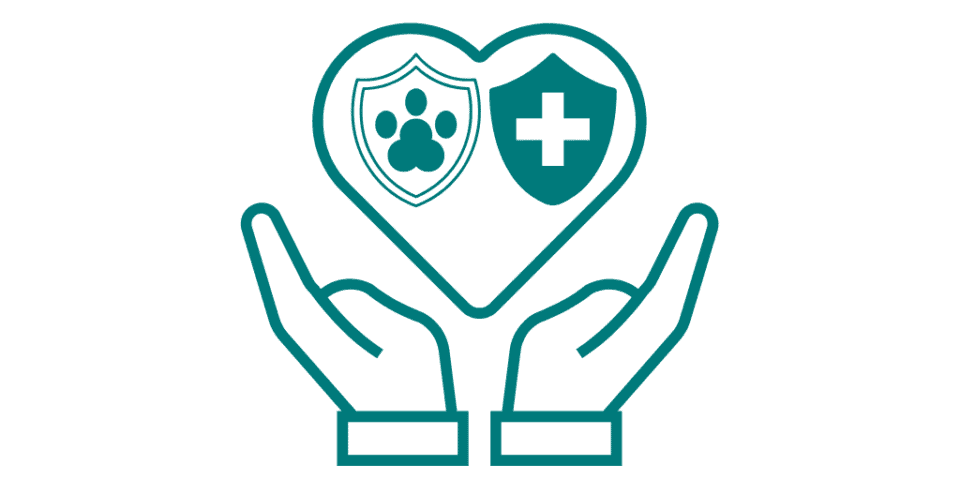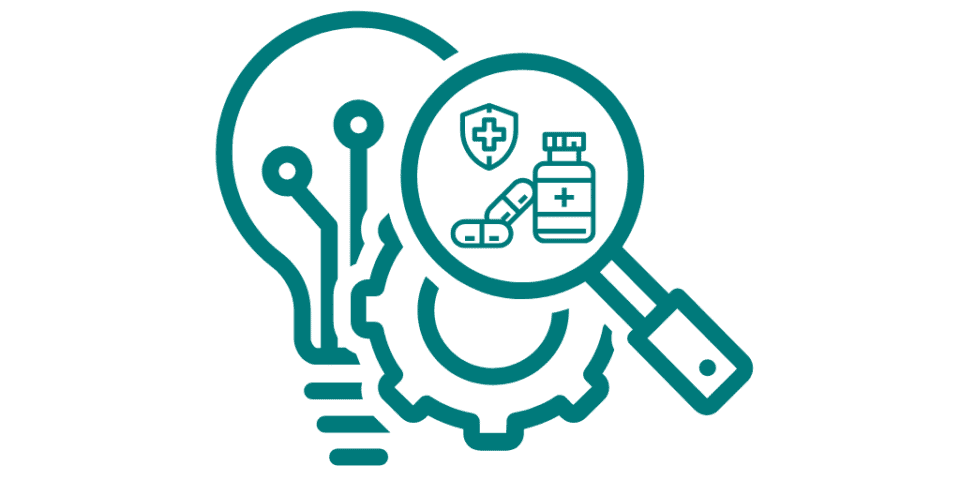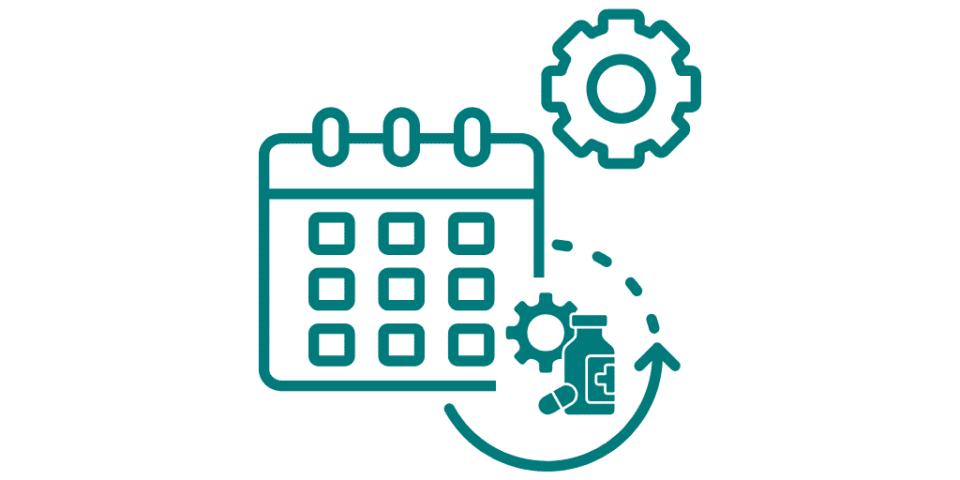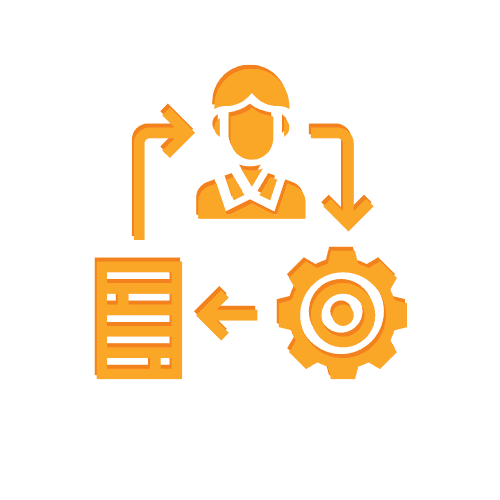
Many pharmaceutical and biotech startups may question the idea of whether a project manager is really useful. Is it simply another layer to add to the complex array of personnel- and job-related responsibilities? There are a number of tools available; most commonly recognized among these is the classic Gantt chart. Why add another team member to the mix just to manage one matrix?
Additionally, over the past two years, the changing business environment has introduced new challenges to the drug development process from discovery through commercialization. From the early days of the pandemic, teams were having to increasingly work remotely from each other, and certain processes may have been moved to different sites out of necessity. How do companies maintain their overall objective in sight and moving toward success?
Why Does My Company Need a Project Manager?
What is project management? In a way, it’s something that everyone does daily in their personal lives: for example, knowing when an appointment is, so then keeping track of how long it takes to get ready, how much time is needed to get to the destination, and so on. It’s easy to think that any one of us could be a project manager in a professional setting. However, a drug development project is more complicated because so many other players and processes are involved.
Paul Long, MBA, Senior Project Management Consultant at DSI, a ProductLife Group company, emphasizes the importance of having someone qualified to keep all of the development project dependencies in view. There can often be bottlenecks. Long says funnels can occur because “the SMEs [subject matter experts] are working on different projects, and because clients have multiple tasks to perform,” therefore, they may not be aware of how their timing influences downstream steps in the project. Suppose the project involves global teams. In that case, it is particularly important to have personnel who coordinates the different timeframes, making sure handoffs occur, and keeping the team moving toward the goal.
Long's first step to move the team in the right direction is to establish communication channels and match them with the client’s needs. When meeting a new client, he determines their preferred methods of communication, meeting cadence and the required level of communication each team member needs. Each individual needs to feel comfortable with the mode and language of the communication for the teams to be cohesive.
Within DSI, Long noted, team members working for a particular client will have internal discussions to bring together the perspectives of the different service areas: regulatory, drug substance, drug product, quality assurance, clinical supply chain. He shares the outcome of these in-house conversations with his client and often finds that they mirror the client’s concerns. For example, linking the clinical supply chain with the drug product supply chain which supports the organization’s internal communication.
The most critical value of having a project manager, Long says, is risk assessment to ensure that unexpected occurrences don’t derail the project. “Someone is stepping back and taking that look at the pieces, the dependencies. Keeping up communication avoids risk. We don’t want surprises unless they’re good.”
Challenges of a Digital-First World
Prior to the pandemic, most of us were used to having on-site meetings and conference calls as needs arose. Then COVID happened, and teams had to scramble to figure out how to maintain communication and relationships and keep projects moving seamlessly despite the difficulty of the changing work environment.
The first challenge was the all-important keystone for project success: communication.
Not only were we not able to meet face-to-face, but there were additional hurdles to finding and learning the tools to use to meet virtually. Now, of course, many of us have become familiar with Zoom, Teams, Ring Central, or other online meeting apps. But in the beginning of 2020, many were not comfortable using video, preferring the customary conference call to meet online. Long affirms the positive effect of folks becoming more comfortable with using video as part of a meeting, saying that “it’s easier when you’re face to face…there’s an easier read to the person.” The ability to see facial expressions and body language helps build interpersonal relationships and reiterates that trust is key to success in any project.
The result of establishing the relationship between the client and the PM, Long reports, is that there is a more open line of communication. “I have people picking up the phone and calling me more often… maybe it’s because we met in video chat, they see the kind of person I am.” The comfort level with communicating more spontaneously only helps avoid delays in expressing suggestions or concerns as a project moves through different stages.
Another challenge of the new virtual-first environment is the evolution of the technology, not just for online meetings but also tools for project timelines, allowing for the evolution of the Gantt chart concept. People are starting to explore tools to support the collaborative effort that drug development projects require. Beyond what used to be simply a work plan, there are tools such as Smartsheet, Long says, that have a “social” aspect: such tools allow people to track factors outside of the immediate scope of the project, have online project teams and participate in group discussions. Long calls these “game-chaners.”
Having a project manager is important from the project outset: they integrate the project team with the client’s goal and make sure they meet it. A good PM will have the soft skills to ensure that communication is geared toward the receiver, to facilitate tools for that communication and to see that the right people are talking to each other. The transition of the work environment to digital-first interactions has provided opportunities to evolve the way we work together while maintaining the important role of interpersonal relationships.

